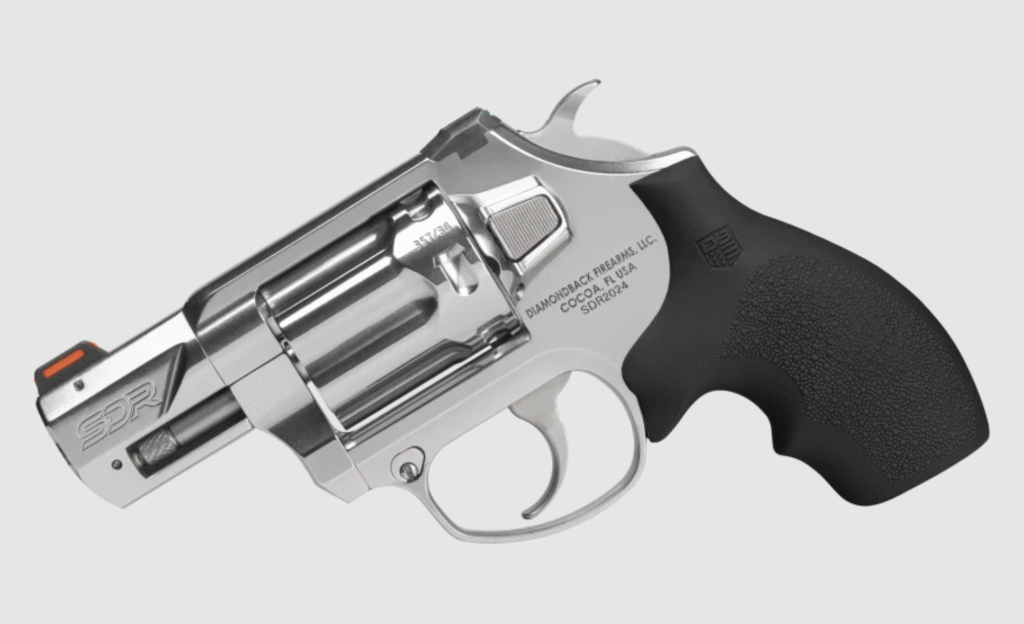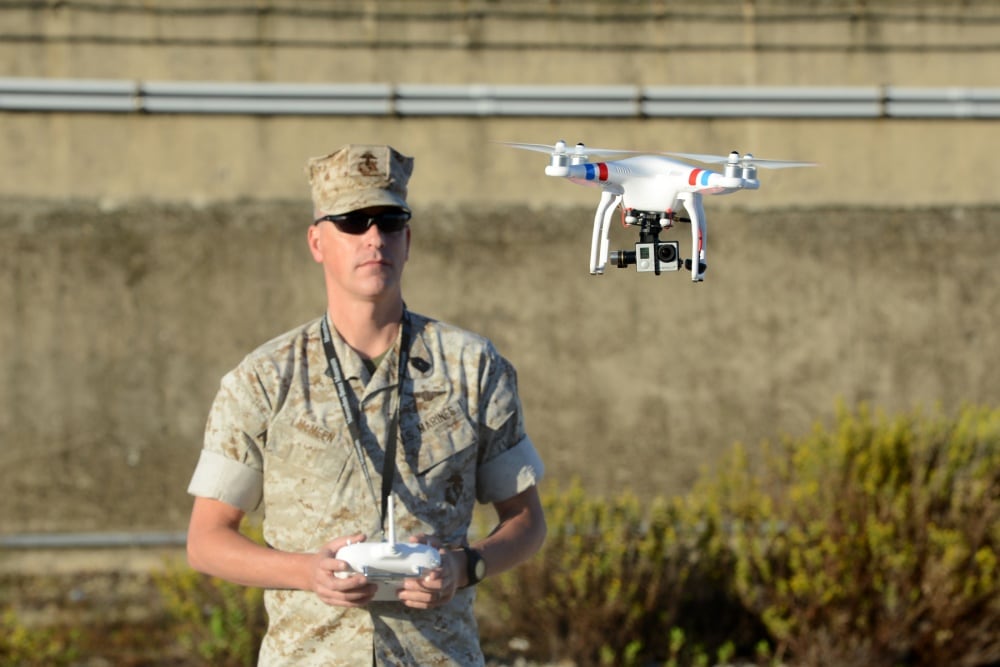The M27 Infantry Automatic Rifle is variant of one the most successful turn of the century service rifle designs, the H&K 416. The United States Marine Corps held a “supplemental” trial for the IAR as the M249 SAW, while handier than the M240 and M60 in the role of automatic rifle, was not an automatic rifle. The M249 is a light machinegun and is largely run as such.
The need for a lighter suppressive weapon system that could further bridge the gap between belt-fed machine guns like the 60, 240, and 249 and the individual weapons like the M4 and M16 was borne out in testing around the year 2000 by 2/7 Marines, and was further confirmed during GWOT.
The SAW wasn’t ideal in the role, plain and simple. It was still too heavy and had just enough reliability problems that it was barred official from being used as a ‘first weapon in’ while engaging in CQB room clearing. It’s first round ignition rate was too low.
Advertisement — Continue Reading Below
What the Marine Corps said they desired (I have my doubts) was a lighter magazine-fed automatic rifle. A true automatic rifle with the capability to act as an individual weapon like the M4 and M16, but with the capability of becoming an automatic suppressive weapon system on demand too.
I personally believe the Marines wanted to grab a new service rifle without Big Army and their Big Budget demanding a system HQ Marine Corps did not want. The fact that the M27 is now the infantry standard rifle lends credence to my theory that they just wanted an easy method to upgrade from the M16… but I digress.
In 2006, trials were had between four competitors. All were well known names in service weapons, FN, H&K, and Colt who submitted two systems. FN submitted a variant of their SCAR that could fire from the open bolt position automatic at a certain temperature and had further ruggedized internals for longer sustained fire rates than service rifles usually see. The winning H&K was a 16″ 416 with a ruggedized barrel. Colt submitted a collaborative gun in conjunction with KAC and a direct gas 6940 with heatsink. The video covers this 6940 submission and compares it to the H&K and M249 (All semi-auto variants).
Advertisement — Continue Reading Below
All submissions had a bayonet lug by requirement.
The Trial
The IAR trial is often cited for reliability numbers for all three systems. All the weapons performed very well in the trials but the SCAR and the H&K performed better. The Colt’s DI gun simply started stacking more stoppages as it got dirtier while the piston H&K and SCAR kept running. In fact, the SCAR turned in the best performance stoppage wise, but the H&K’s monstrously tough barrel was showing lower wear over time.
Maintenance costs are a vastly under appreciated part of keeping a weapon running and with the initial plan to use 6,500 (now around 14,000) rifles that were drastically more expensive than an M16 or M4 weighed heavy in the consideration. While H&K came in a close second reliability wise, the fact that it was boasting a barrel life near 30,000 rounds while the SCAR was coming in at 12,000-18,000 pushed H&K into the winners circle. Average M16/M4 barrel life at the time was approximately 10,000 rounds.
Advertisement — Continue Reading Below
When looking at the Colt, they nearly to a T followed the guidelines set by the solicitation when considering it as an ‘automatic rifle’ while the H&K really was just a really good service rifle that was reliable on full-auto. The FN also took the full-auto aspect into account with its open/closed bolt technology called HAMR (Heat Adaptive Modular Rifle) in which thermal expansion would trip a second catch in the weapon at a certain point and the rifle would transition to open bolt and fire like the M249, M240, and several submachine guns. This allowed much greater airflow through the barrel for efficient cooling. Again, the H&K didn’t contend very heavily on additional mitigation of the IAR for full-auto. They just submitted a solid rifle.
Once it was selected the Marine Corps just kept ordering more until their order was almost double and the M27 had become the standard service rifle of the 03 MOS. It became one of 4 systems you could qualify with and was easily the most accurate thanks to a good trigger and superb quality free floated barrel. Paired with Mk262 77gr ammunition and a higher magnification optic (Mk4 MR/T 2.5-8x Scopes pilfered from Mk12 SDMRs) and the H&K became a rugged SDMR itself. Mk12’s were always treated with much greater care and seen as fragile, as were their Leupold optics. The M27 with a new 1-8x VCOG will make for a very robust infantry rifle.
It is unknown if a newer higher magnification optic like a 2-12 or 3-18 will supplant the MR/T in the M38 role, but it would make sense.
Advertisement — Continue Reading Below
The Corps Line
The Marine Corp maintains that it came to its decisions independently on making the H&K 416 its infantry rifle. This is despite the evidence that other submissions were designed ‘better‘ for the automatic role. The over gassed, hyper redundant, superbly reliable German rifle is just that.. a superb rifle. It’s alright in automatic.
The M27 was, and will remain for awhile yet, a solid ‘one gun fits all’ selection for a light mobile infantry force. The Marine Corp mission is light, fast, high mobility, amphibious infantry where the Army is heavy mechanized combined arms. To put it in individual terms, the Marine Corps is the ‘ready to pull’ concealed carry personal defense weapon while the Army is the fully laden combat rifle loadout. The Marine Corps is the quick sharp saber. The Army is a two handed warhammer.
And SOCOM are pocket ninjas.
Advertisement — Continue Reading Below















